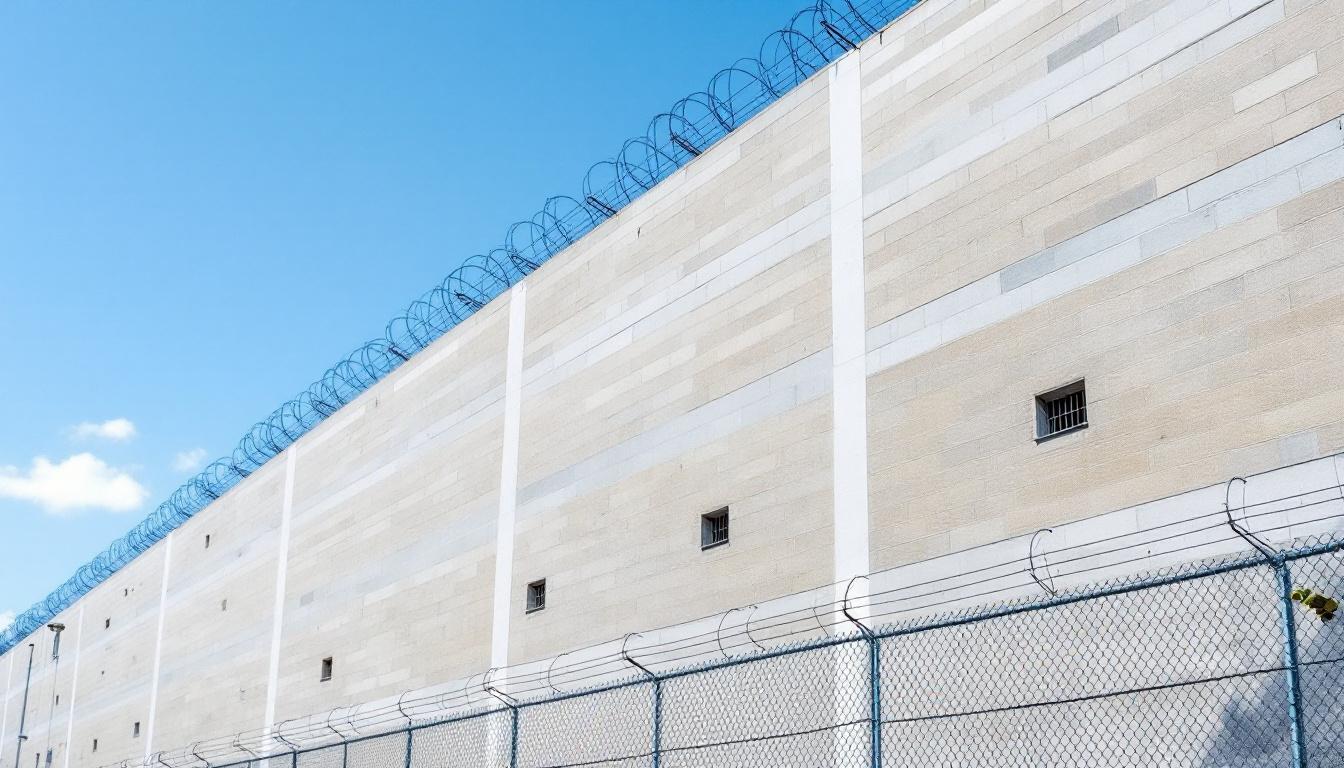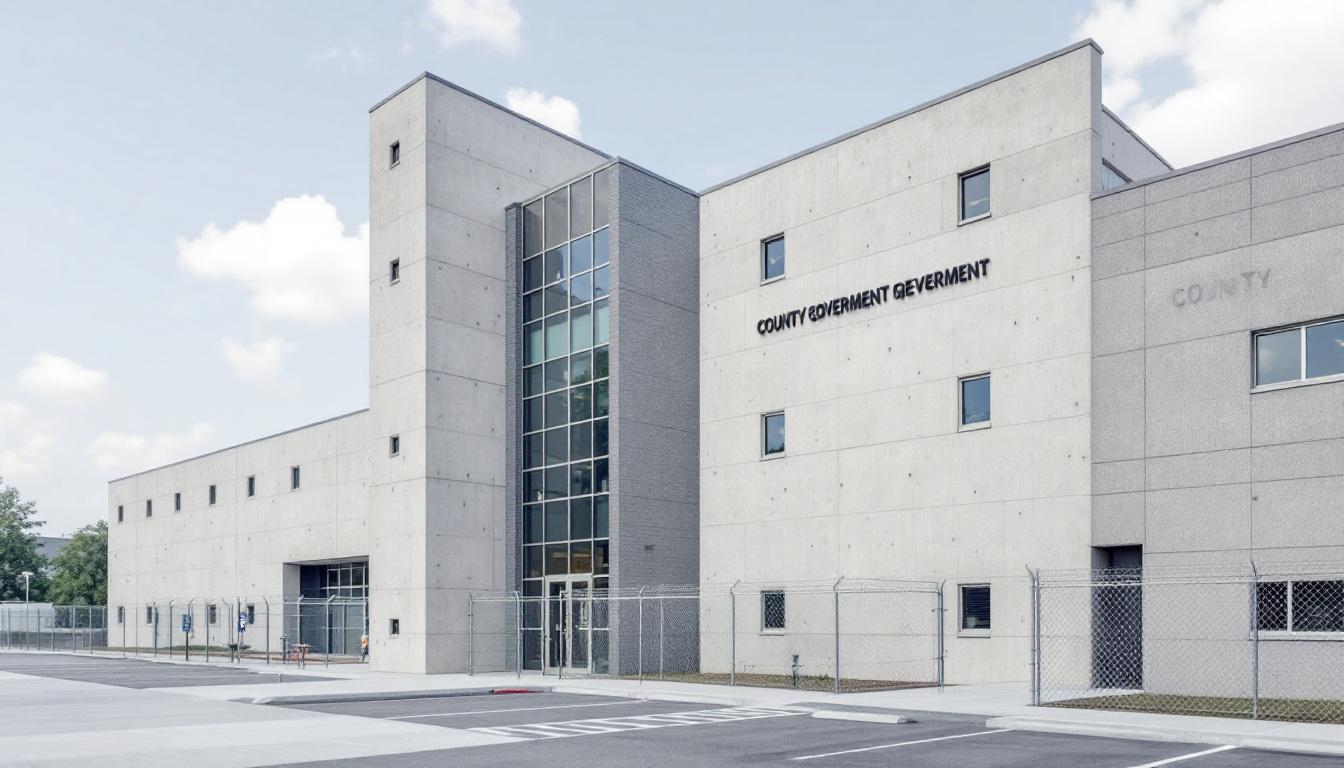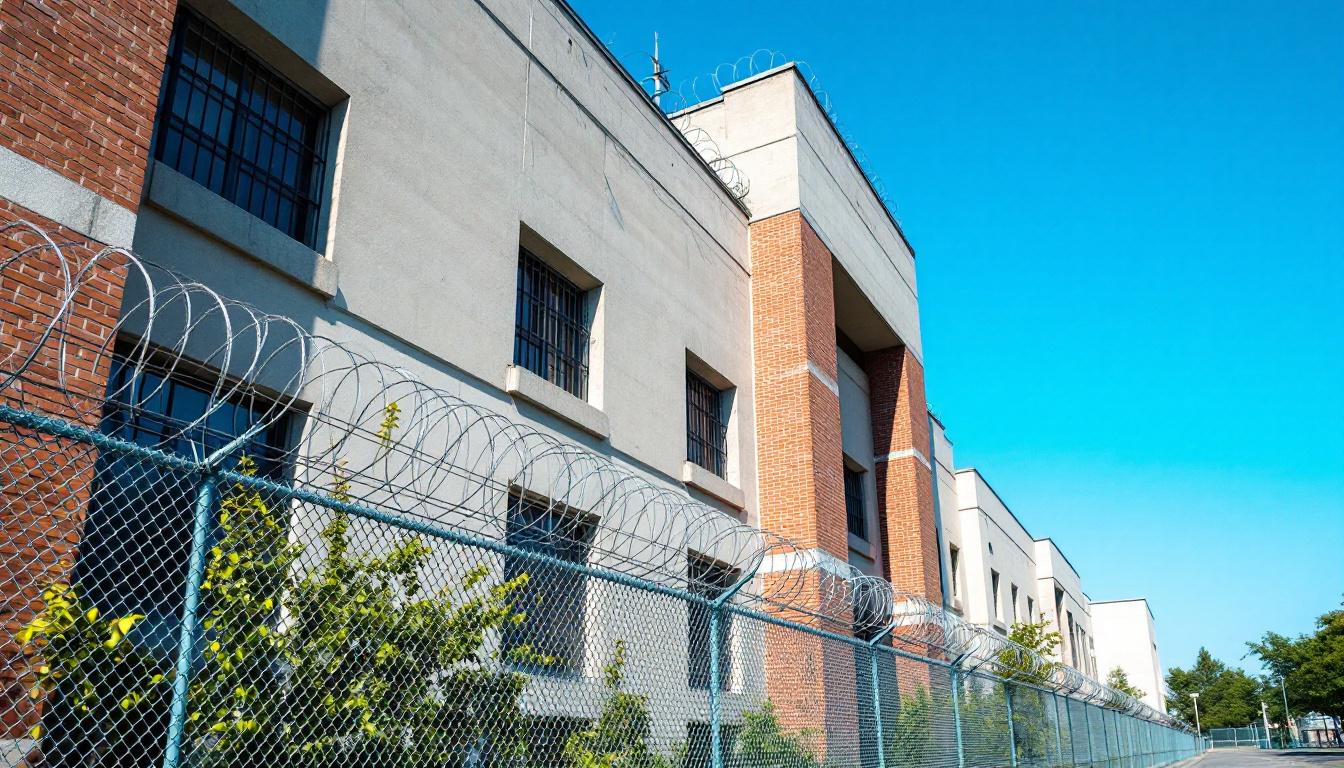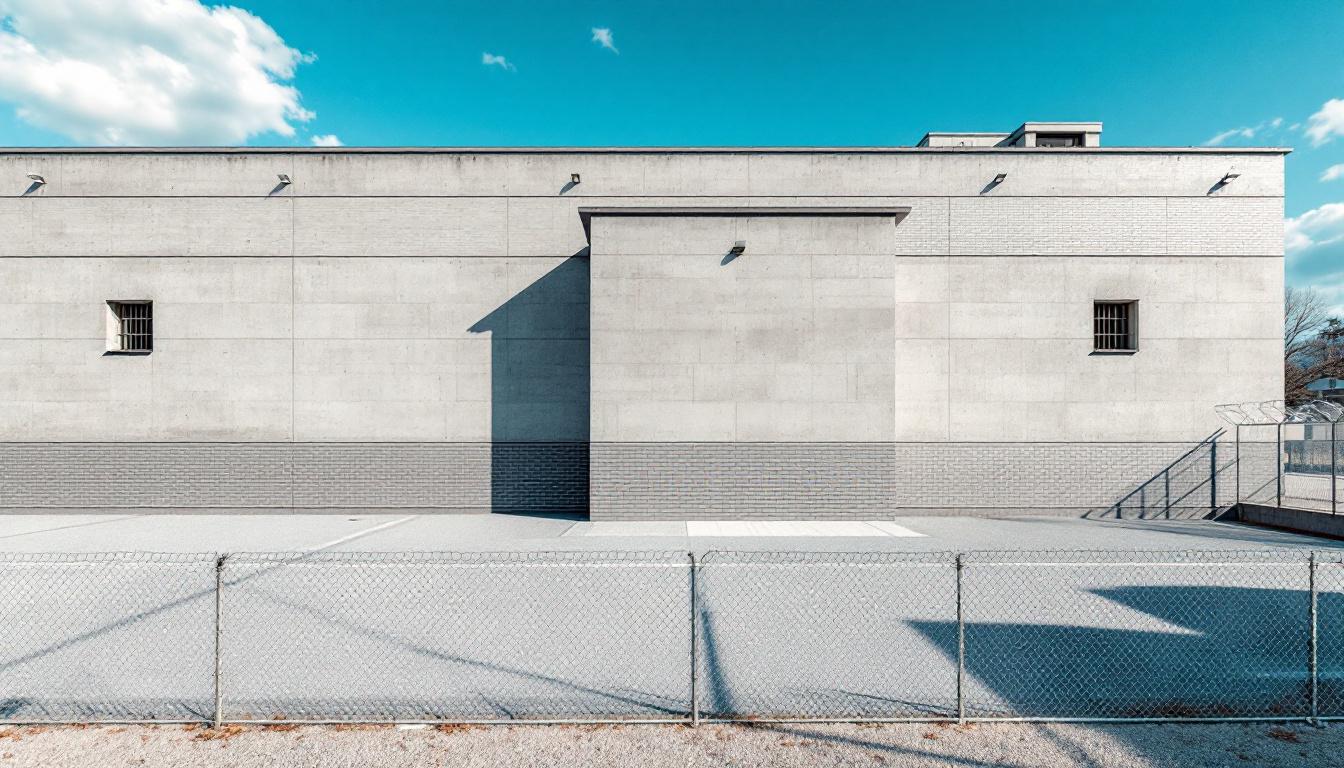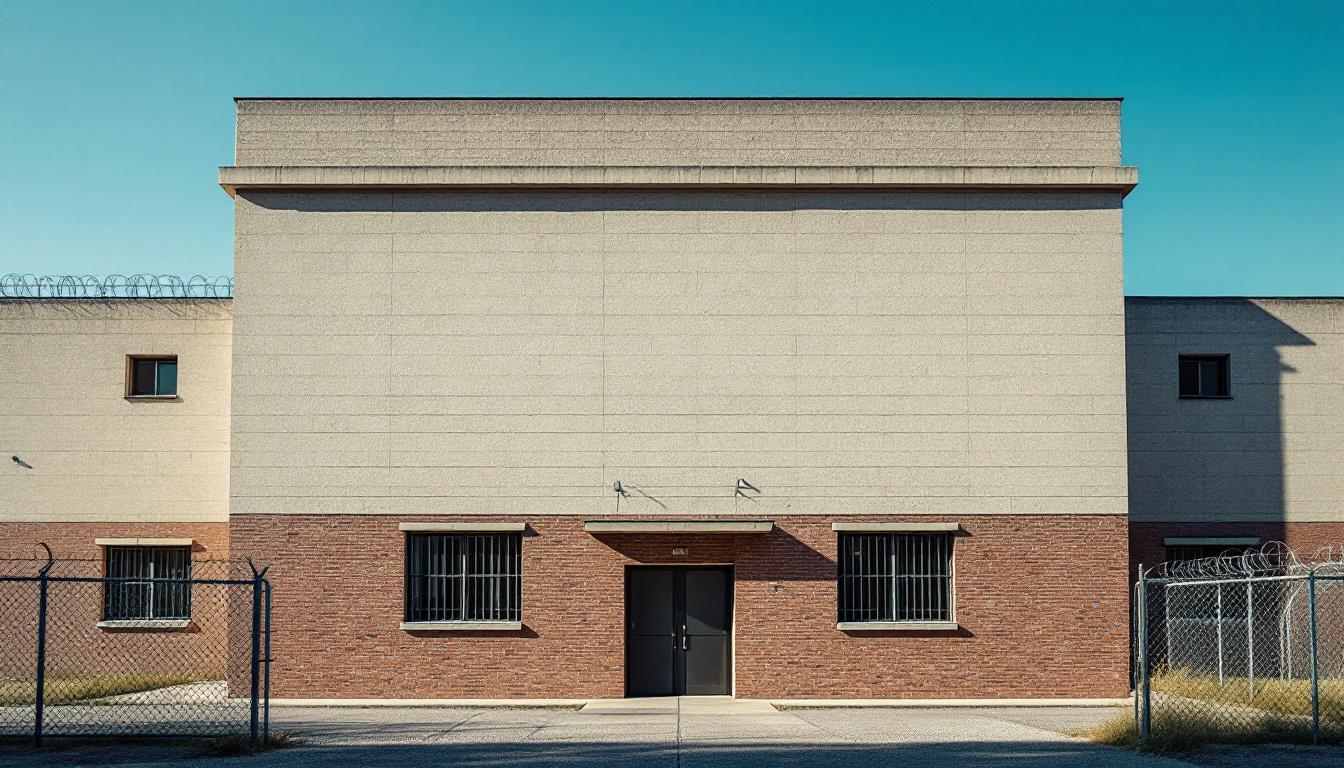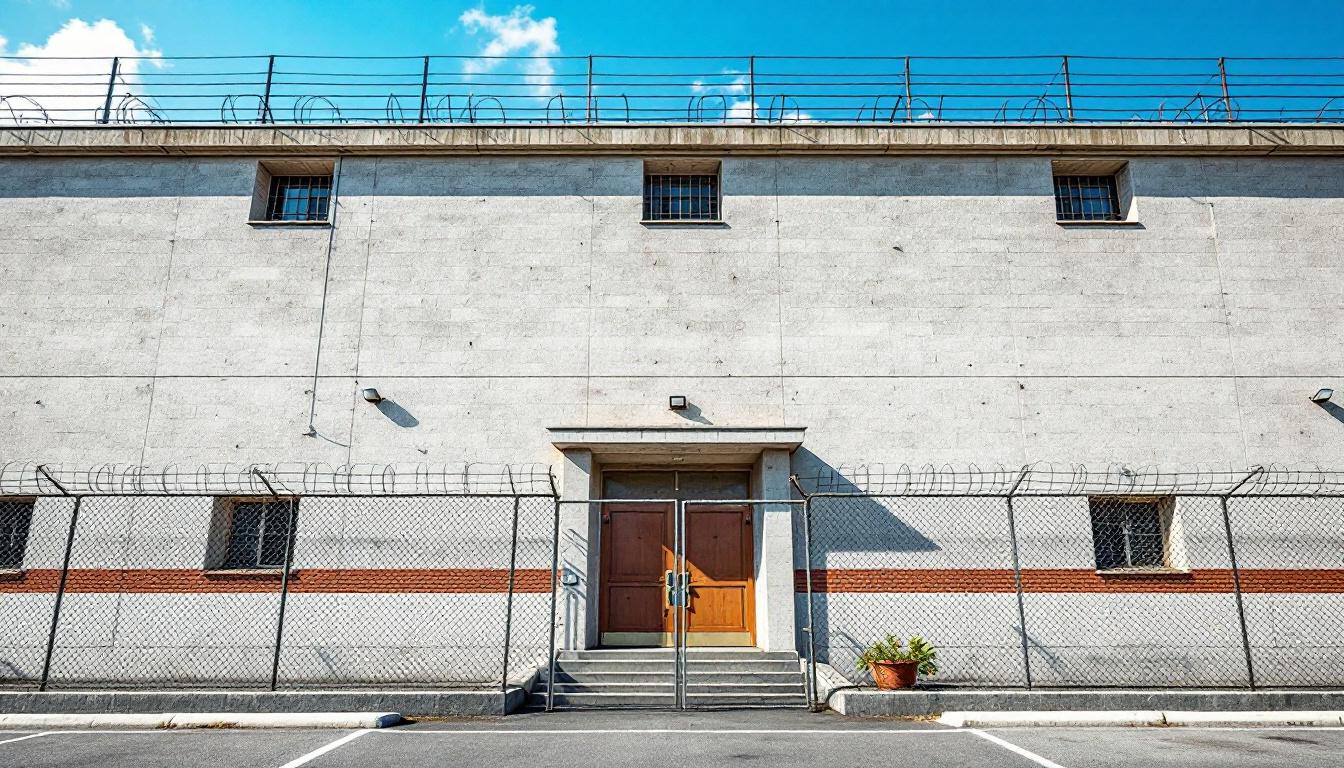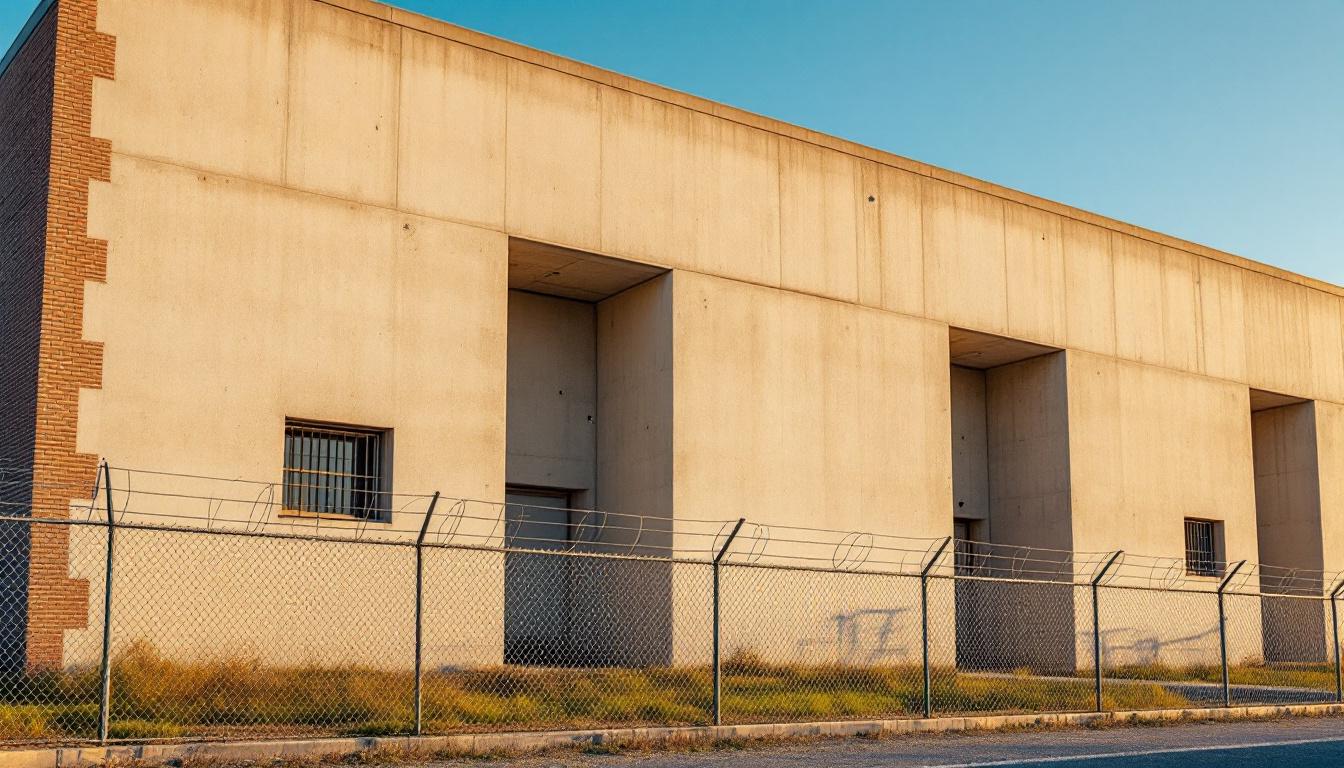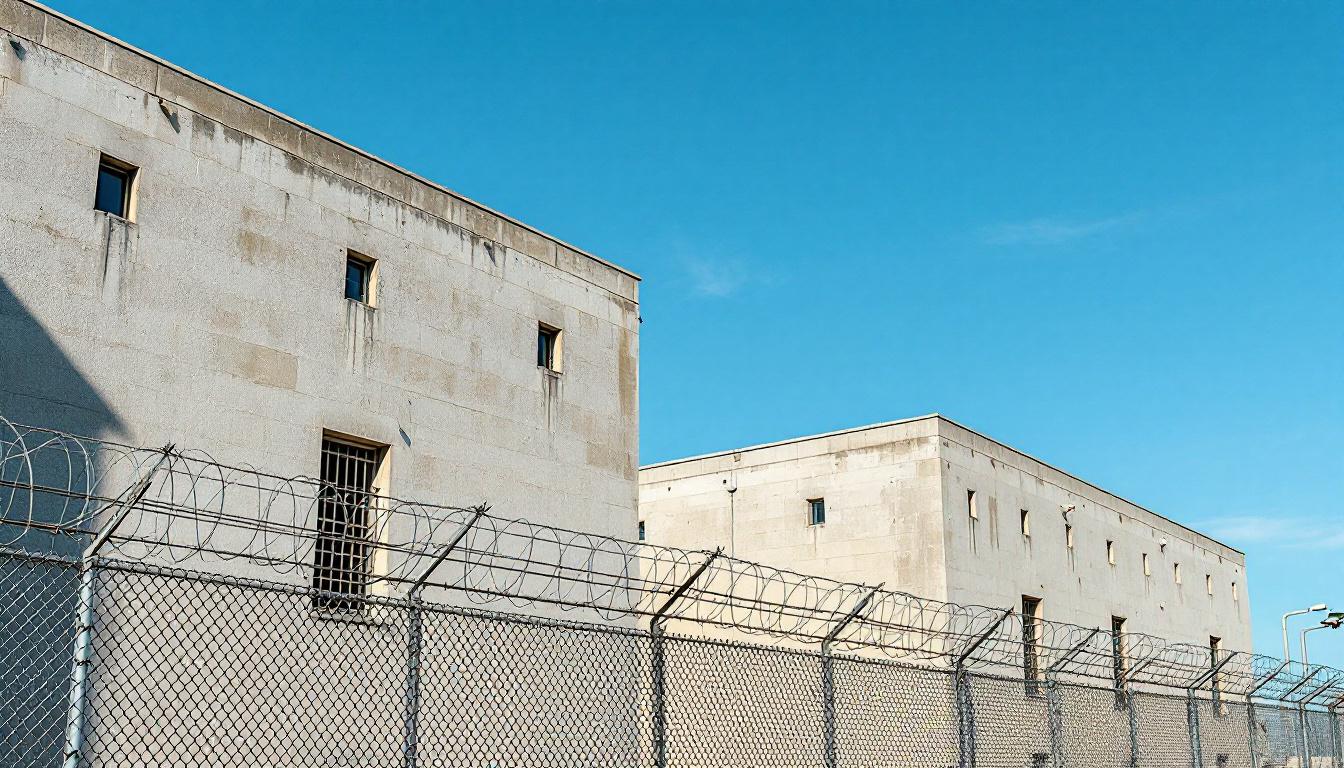
Quick Navigation
How to contact an inmate at Dolph Briscoe Unit
This comprehensive guide will walk you through how to connect with an inmate at Dolph Briscoe Unit. Follow the steps below to find an inmate and send letters and photos:
- Search for the inmate using our search tool below
- Create your account or log in to Penmate
- Write your message (up to 6,000 characters)
- Send instantly - inmates receive printed copies daily
Find an Inmate
Search for an inmate to start communicating today
Tip: You can search by first name, last name, or inmate ID number
To contact a person at Dolph Briscoe Unit start by searching for the person on the official facility website. Perform a search by following these steps:
- Step 1: Enter their first name and last name into the search form and click "Search"
- Step 2: Locate their inmate record
- Step 3: Write down their Inmate ID and any housing information provided
Important! Be sure to enter the person's full name. Nicknames should not be used.
How to Send Messages to Inmates

You can use your phone or computer to send emails, letters, and photos to an inmate. Messages are sent electronically to inmate tablets or kiosks at the facility. If you would like to send a message, start by searching for an inmate at Dolph Briscoe Unit.
Sending Photos and Postcards

A great way to send love and support to a loved one at Dolph Briscoe Unit is to send photos and postcards. It only takes a few minutes to send photos from your phone and it makes a huge difference. You can also mail postcards with words of support and inspiration, or design your own postcard for special moments like birthdays and holidays.
Important! Be sure not to send any explicit photos or they may not be approved by the facility. You can also use a photo printing app like Penmate to make sure your photos are printed at the correct size (4x6 or 3x5) and are mailed according to the rules and regulations of Dolph Briscoe Unit.
Frequently asked questions about Dolph Briscoe Unit
-
How long does it take to deliver a message?
If you're sending an email message your letter is usually delivered within 24-48 hours. For messages sent via mail you should expect delivery within 3-7 days. All messages will need be approved by Dolph Briscoe Unit.
-
How much does it cost to send a message to Dolph Briscoe Unit?
You can send a message free using your phone or mail a message via USPS for the price of a $0.60 stamp and envelope. You can also purchase credits or e-stamps from services starting at $1.99.
-
What services can I use to contact an inmate at Dolph Briscoe Unit?
Penmate
You can use Penmate to send letters and photos to an inmate from your phone. It's an easy way to stay in touch during your loved one's incarceration. Use the inmate locator to find an inmate's location and contact information, then you can send messages within a few minutes.
Securus messaging
Securus may be another option for communicating with an inmate at Dolph Briscoe Unit. You can create a friends and family account and purchase credits to send messages. All messages will be reviewed and must be approved by the facility.
JPay
Some county jails and state prisons may support sending messages with JPay. You must register an account with the system, find your loved one, and purchase stamps to send messages. For some locations you can also attach photos.
Smart Jail Mail
You may also check if Smart Jail Mail is available at Dolph Briscoe Unit. Smart Jail Mail is operated by Smart Communications and has contracted with some state and county jails. After purchasing credits, your messages and photos are sent to the facility, printed out, and then handed out to your loved one.
-
What is the mailing address of Dolph Briscoe Unit?
Mailing address:
Dolph Briscoe Unit
1459 TX-85
Dilley, TX 78017
Phone: (830) 965-4444Business hours:
- Monday: Closed
- Tuesday: Closed
- Wednesday: Closed
- Thursday: Closed
- Friday: Closed
- Saturday: 8:00 AM – 4:00 PM
- Sunday: 8:00 AM – 4:00 PM
-
What are the visiting hours at Dolph Briscoe Unit?
Visiting hours at Dolph Briscoe Unit vary by housing unit and security level. Generally, visits are scheduled on weekends and holidays, with some facilities offering weekday visits. Contact the facility directly at (830) 965-4444 or check their website for the current visiting schedule. Visits typically last 30-60 minutes and must be scheduled in advance.
-
What items are prohibited when sending mail to Dolph Briscoe Unit?
Prohibited items typically include: cash, personal checks, stamps, stickers, glitter, glue, tape, staples, paperclips, polaroid photos, musical or blank greeting cards, hardcover books, magazines with staples, and any items containing metal or electronics. Only send letters on plain white paper with blue or black ink. Photos must be printed on regular photo paper (no Polaroids). Always check with Dolph Briscoe Unit for their specific mail policies.
-
How do I send money to an inmate at Dolph Briscoe Unit?
You can send money to an inmate at Dolph Briscoe Unit through several methods: 1) Online using JPay, Access Corrections, or the facility's approved vendor, 2) Money orders mailed directly to the facility with the inmate's name and ID number, 3) Kiosks located in the facility lobby, or 4) Over the phone using a credit or debit card. Fees vary by method, typically ranging from $2.95 to $11.95 per transaction.
-
Can I schedule a video visit with an inmate at Dolph Briscoe Unit?
Many facilities now offer video visitation as an alternative to in-person visits. At Dolph Briscoe Unit, video visits may be available through services like Penmate, Securus Video Connect, GTL, or ICSolutions. Video visits typically cost $10-20 for 20-30 minutes and must be scheduled in advance. You'll need a computer or smartphone with a camera and reliable internet connection. Contact the facility for their specific video visitation policies and approved vendors.
-
What identification do I need to visit an inmate at Dolph Briscoe Unit?
All visitors must present valid government-issued photo identification such as a driver's license, state ID, passport, or military ID. Minors must be accompanied by a parent or legal guardian who can provide the minor's birth certificate. Some facilities require visitors to be on the inmate's approved visitation list, which may require a background check. Contact Dolph Briscoe Unit for specific ID requirements and visitor approval procedures.
-
How can I find out an inmate's release date?
To find an inmate's release date at Dolph Briscoe Unit, you can: 1) Use the online inmate search tool if available, 2) Call the facility's records department, 3) Contact the inmate's case manager or counselor, or 4) Have the inmate provide this information during a call or visit. For privacy reasons, some facilities only release this information to immediate family members.
Facility Overview
Official Website

About Dolph Briscoe Unit
Nestled within the rural landscape of Dilley, Texas, this state correctional facility serves as a significant component of the broader Texas Department of Criminal Justice system, housing adult male offenders across various security classifications. The Dolph Briscoe, TX facility operates within the established framework of the state's correctional infrastructure, typically maintaining capacity for residents who may be serving sentences ranging from shorter-term commitments to extended periods of incarceration. Geographic positioning in this South Texas community reflects the state's strategic approach to distributing correctional resources throughout diverse regional areas, often providing economic stability to smaller municipalities while fulfilling essential public safety functions.
Residents services at this TX correctional facility generally encompass educational programming that may include adult basic education, GED preparation, and various vocational training opportunities designed to enhance post-release employment prospects. The facility typically offers substance abuse treatment programs, mental health services, and religious programming to address the diverse needs of its population. Work assignments often include facility maintenance, food service operations, and other institutional support roles that provide residents with structured daily activities while contributing to operational efficiency. Medical care, recreational activities, and visitation services represent additional components of the comprehensive approach to managing this correctional environment, though specific program availability may vary based on security levels, individual classifications, and operational considerations that influence daily facility management within the Texas correctional system.
Programs & Services
Comprehensive rehabilitation initiatives at this Texas correctional facility center on equipping residents with practical skills and educational foundations essential for successful community reintegration. The facility's approach emphasizes structured learning environments where residents can develop both academic competencies and marketable job skills through carefully designed programming. These initiatives typically recognize that meaningful rehabilitation requires addressing multiple dimensions of personal development, from basic literacy enhancement to specialized vocational certification.
Educational opportunities form a cornerstone of the facility's rehabilitative framework, with college correspondence courses enabling residents to pursue higher education goals while incarcerated. These academic initiatives may deliver coursework across various disciplines, allowing participants to earn college credits and work toward degree completion. Moreover, vocational training initiatives provide hands-on instruction in trades that often experience high demand in the employment market, giving residents tangible skills they can immediately apply upon release. The vocational components typically include comprehensive training programs designed to prepare participants for industry-standard certification examinations.
Support services extend beyond traditional classroom instruction to encompass work programs that simulate real-world employment experiences and develop essential workplace competencies. Faith-based initiatives may offer spiritual guidance and community support networks that often prove instrumental in long-term behavioral change and personal growth. Additionally, commercial driving license (CDL) training represents a particularly valuable component, as transportation industry careers frequently provide stable employment opportunities for returning citizens. These diverse support mechanisms work synergistically to address the multifaceted challenges residents face when transitioning back to their communities, creating a comprehensive foundation for sustained success.
Daily Life & Visitation
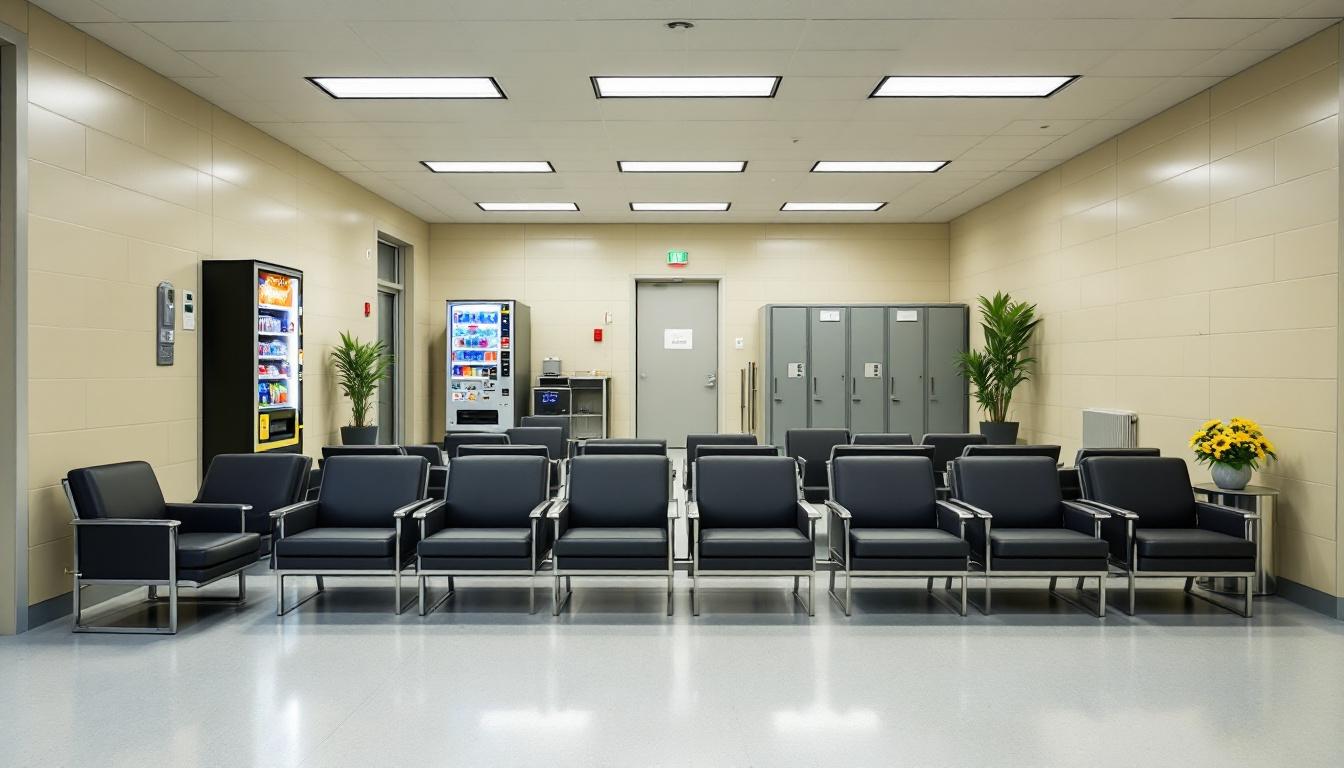
The rhythmic pattern of wake-up calls, meal times, and structured activities currently forms the backbone of daily existence, creating a predictable framework that residents often find stabilizing during their time in custody. This carefully orchestrated schedule continues to provide a sense of normalcy and purpose, with each day typically beginning before dawn and flowing through designated periods for meals, work assignments, educational programming, and recreational activities. The consistency of these routines generally helps residents adapt to their environment while maintaining focus on rehabilitation and personal development goals.
Living accommodations at the facility typically consist of shared housing units where residents are assigned based on security classification and program participation. These living spaces generally include basic furnishings and personal storage areas, with residents usually permitted to maintain approved personal items and photographs from family members. Meals are typically served in designated dining areas at scheduled times throughout the day, with menus that often meet basic nutritional requirements while accommodating various dietary needs and restrictions.
Moreover, the facility generally offers various recreational opportunities that may include outdoor exercise periods, indoor fitness activities, and organized sports when weather and security conditions permit. Work assignments typically deliver structure to daily routines, with residents often participating in facility maintenance, kitchen operations, or other institutional jobs that provide valuable skills and work experience. Whereas recreation and work occupy much of the day, family connections remain important through scheduled visitation periods and telephone privileges, which usually allow residents to maintain contact with loved ones and support systems in the community.
Ready to Connect?
Start communicating with your loved one today
Search for an Inmate
